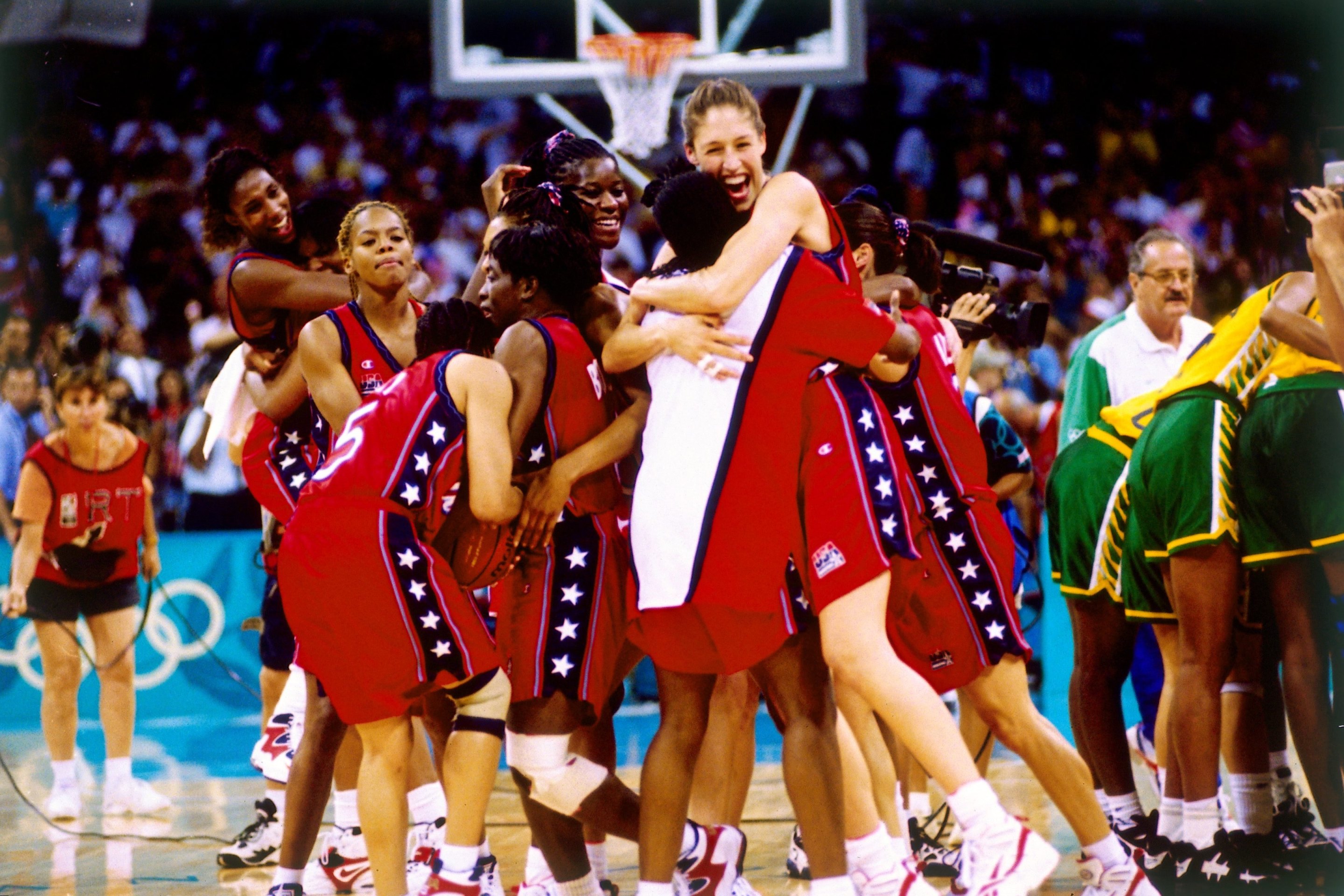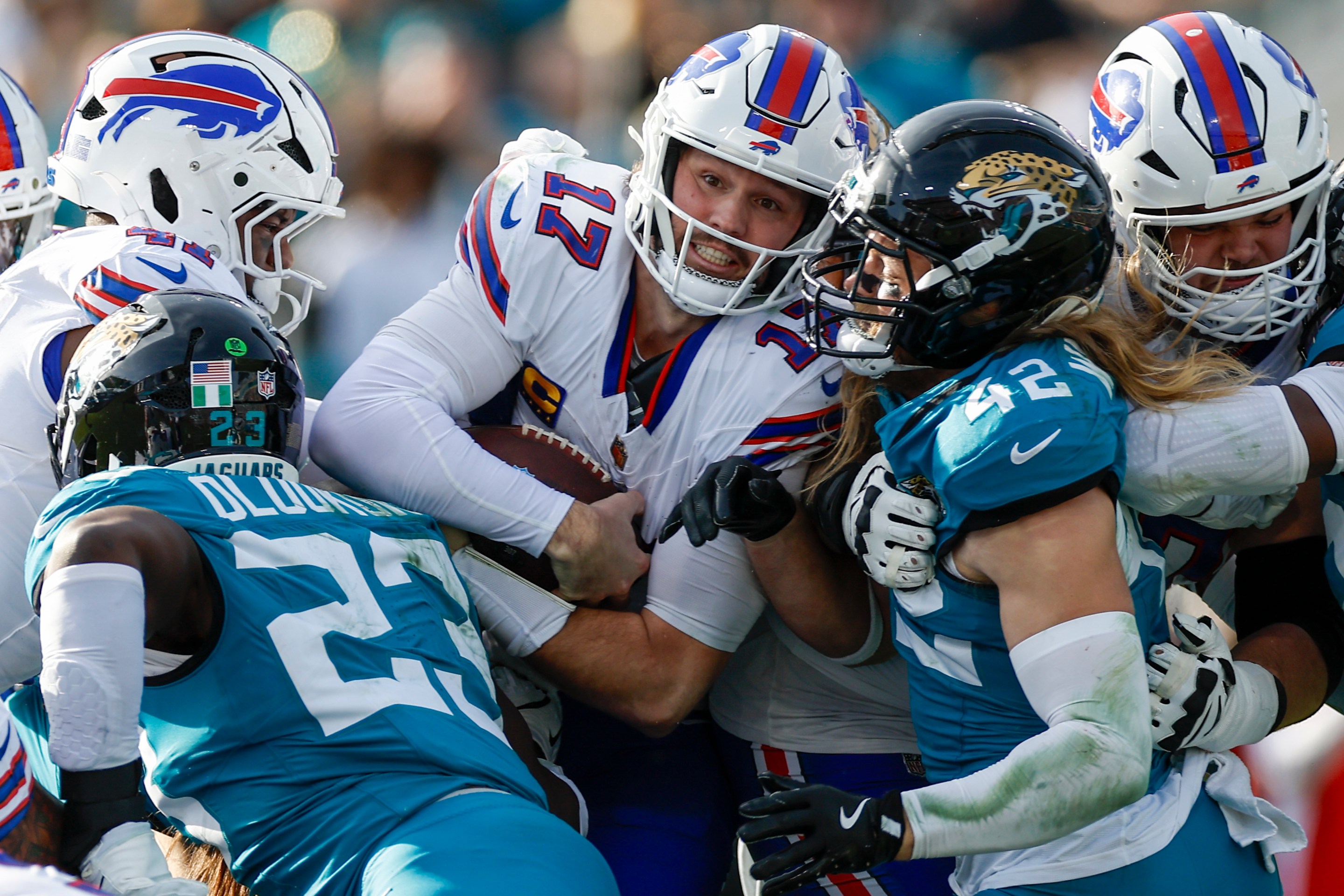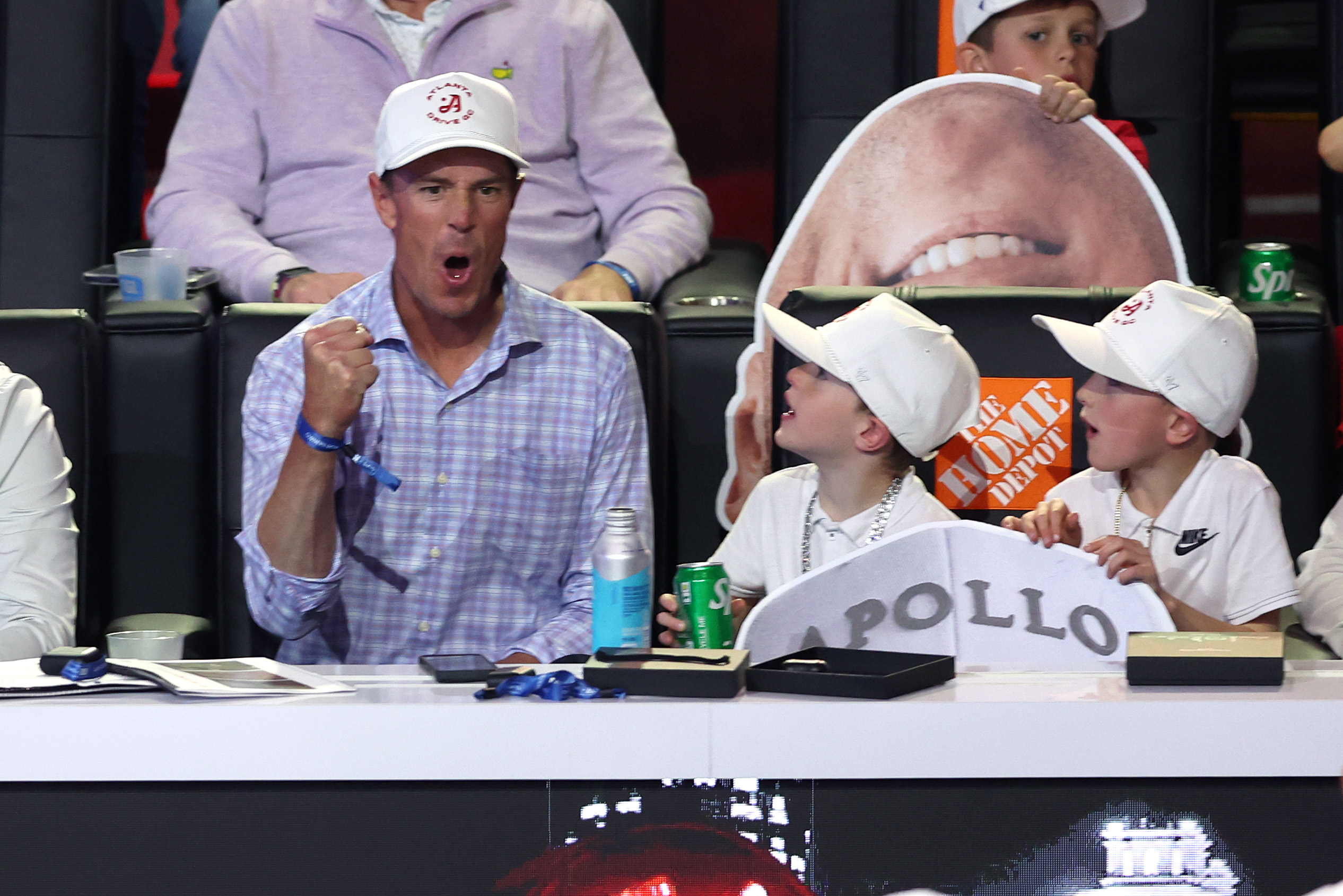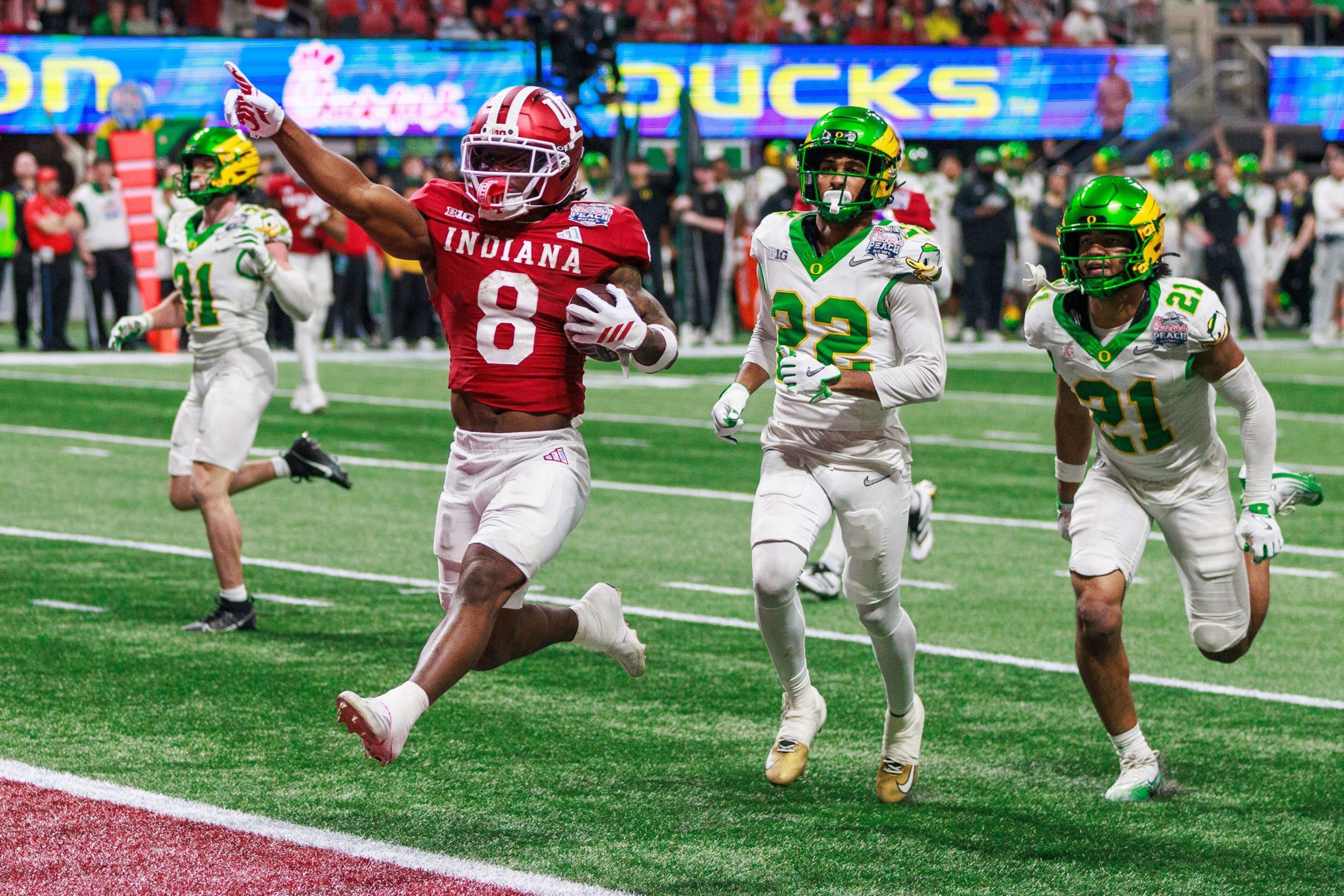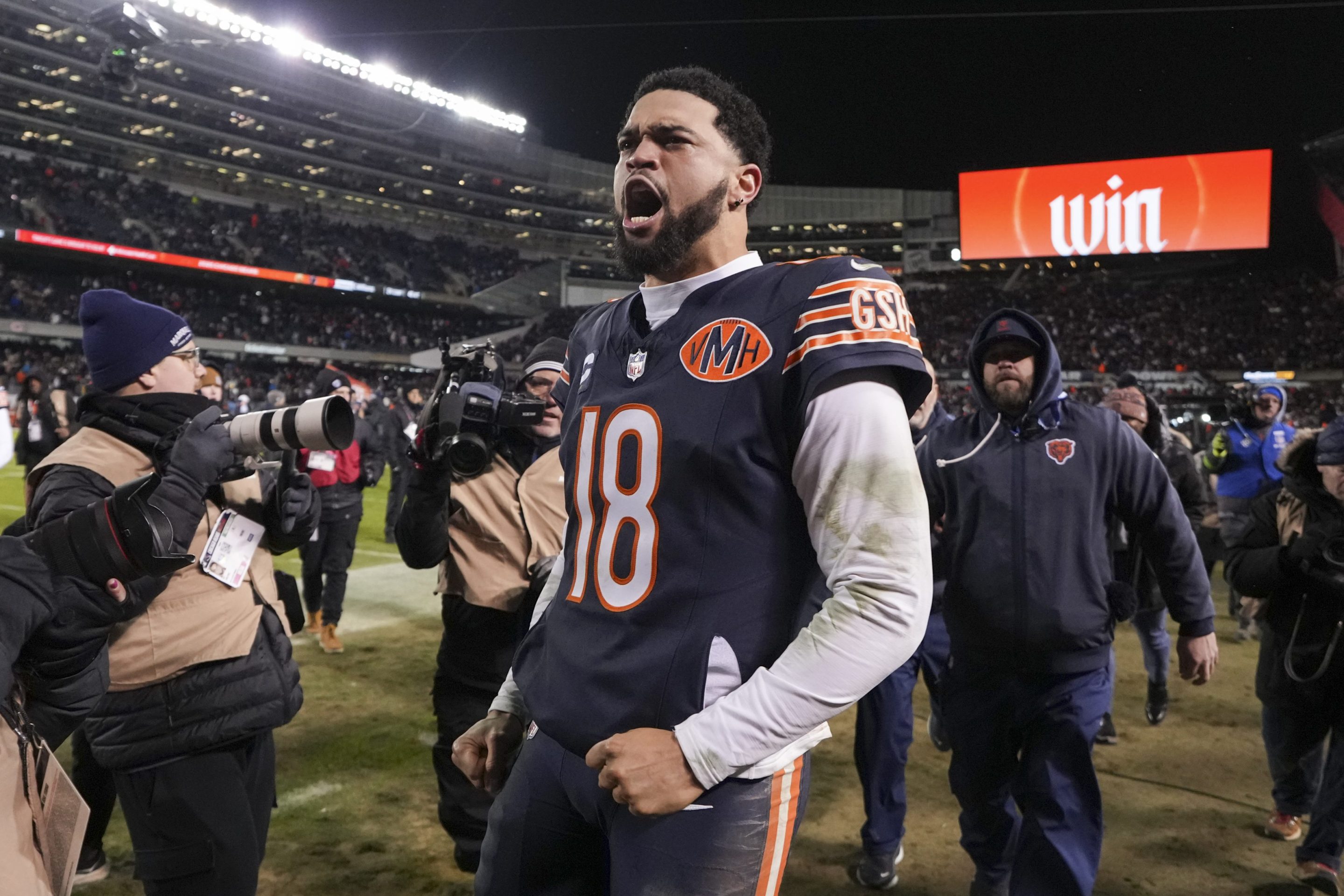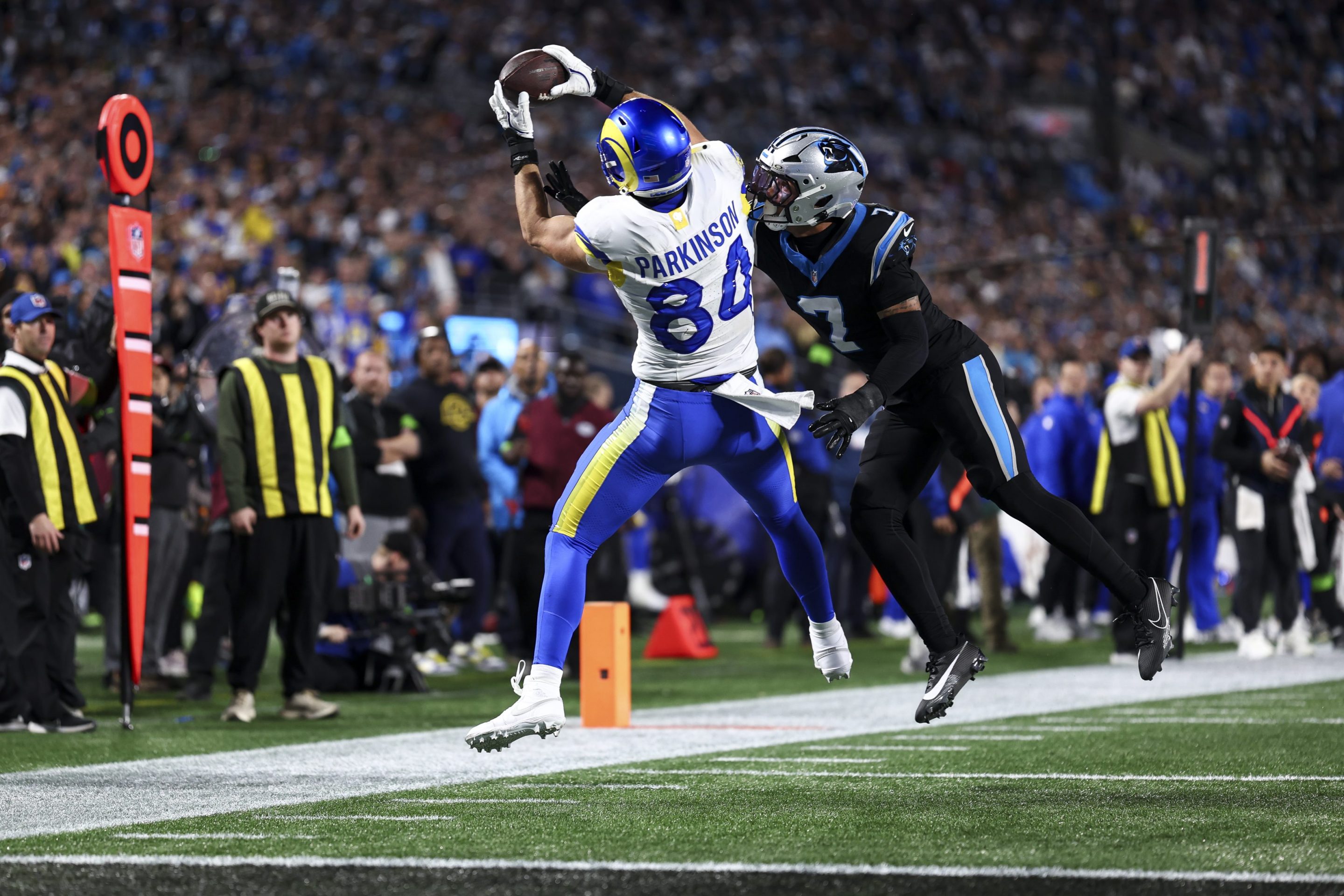There can be comfort in knowing that everything has already happened before. On the subject of women’s basketball, my source of this knowledge is Sara Corbett’s excellent account of the 1996 U.S. Olympic team, Venus to the Hoop. Corbett, a magazine journalist, embedded with the team for months as they embarked on the yearlong pre-Olympic barnstorming tour that gave rise to the WNBA and helped the Americans recapture gold in Atlanta. Whenever I’ve had reason to revisit Corbett’s book—while writing about the American Basketball League or the career of Tara VanDerveer—it strikes me as deeply prescient, attuned to all the strange ways women’s basketball players can be read. Not only by a wary public, but by Reebok execs and NBC broadcasters, too.
I mostly love Venus to the Hoop for its sketches of the sport’s legends, many of them still working in and around the women’s game. Lisa Leslie tumbles down a flight of stairs at national team trials; she had been reading a romance novel while walking. A 25-year-old Dawn Staley, pain already shooting through her knees most games, takes one-dollar bets on whose luggage will show up first on the carousel. She craves a “Big Win,” the kind of championship triumph denied to her in college.
On this most recent reread, occasioned by the naming of the 2024 Olympic team and the attendant Caitlin Clark controversy, it was the bits on Rebecca Lobo that leapt out. Clark’s failure to crack a stacked roster prompted endless mentions of Christian Laettner and Isiah Thomas on sports debate shows, but those comparisons fell flat—or at least they hinted at the limited range of most sports commentators, quick to take one athlete on another sport’s terms. All the while, there was Lobo, hanging out in the pages of Venus to the Hoop, so fresh out of college that she missed her graduation at UConn to attend national team trials. At practice, her older, fitter, more experienced teammates make her look dopey in comparison. Worst of all, VanDerveer, a no-nonsense coach on sabbatical from Stanford to coach the team, seems to have it out for her. Lobo wonders whether she ought to be here at all:
She had a sense that some of the others, particularly the older players, felt she didn’t belong on the team, that she’d made it because she was a “name,” and USA Basketball needed her to sell women’s basketball to the masses, even if it was with her reputation—her clean-cut image, her fan base, and white skin—rather than the comparative level of her skills. She couldn’t exactly blame them either. She often reasoned that if the fans turned up to see her play, they’d be even more titillated when they realized how much better someone like Katrina McClain was. It couldn’t have been easy, coming back to the States after all these years only to find all the fans glommed onto one pretty unimpressive rookie. One New York Times writer had summed it up perfectly when he wrote: “The older players built the building; Lobo turned on the lights.”
Venus to the Hoop
After Lobo plays a rough exhibition game against Stanford, it is in fact McClain, along with McClain’s best friend and Olympic vet Teresa Edwards, who tell Lobo to keep her chin up. The older national team players have bounced around Europe and Japan for years before getting this chance to train in the U.S. Venus to the Hoop understands that a life in women’s basketball has long required freakish resolve. It’s the only way to make it in a sport with scarce opportunities. To accompany Tuesday's roster announcement, USA Basketball released videos of players being told they had made the team, often under the pretense of a meeting or an interview. Even the sure bets reveled in the news. There were no false notes in the shrieks A’ja Wilson let out next to her teammates.
Top tier 2024 Olympians
— USA Basketball (@usabasketball) June 11, 2024
The champs @cgray209, @Kelseyplum10, @_ajawilson22 & @JackieYoung3 are all in for Paris ♦️
🇺🇸 #USABWNT pic.twitter.com/Z9xywuwqGG
The other tension Corbett captures is the one between VanDerveer’s mandate, to win gold after an embarrassing bronze finish at the '92 Olympics, and the team’s other obligations, which the head coach views with suspicion. Their tour is funded by the NBA; accordingly, the players have signed contracts promising to appear at junkets and events while they prepare. “Basketball is not a popularity contest,” VanDerveer reminds the team one day.
Debate shows deal in absolutes, but it's more honest to say the position of USA Basketball falls somewhere between VanDerveer and the late NBA commissioner David Stern, who knew that everything is a popularity contest. The team's decisions have always involved some awkward blend of basketball and politics. Under Carol Callan, the longtime women’s team director who retired from USA Basketball after the Tokyo Olympics, the selection process could feel clubby and opaque. Just ask Candace Parker, snubbed in 2016. When MVP Nneka Ogwumike was left off the Tokyo team, the team's then-coach Staley said she was heartbroken by the decision; one selection committee member, now-Sparks head coach Curt Miller, referred questions to Callan; and Callan, through a spokesperson, said it was policy not to comment. Getting angry about the Olympic team is practically a fan rite of passage. Welcome, everyone.
In that context, it was amusing to see one of the more straightforward Team USA rosters of late reported with such commotion. Delivering the scoop, the sports journalist Christine Brennan called Clark's omission “stunning news” and “the worst” selection decision she had seen in 40 years of covering the Olympics. It is neither of those things. USA Basketball certainly played politics, paying deference to a past-her-prime Diana Taurasi, but the team makes sense. I like its new spots of athleticism with Jackie Young, Alyssa Thomas, and Kahleah Copper.
Even if some national team decisions have been opportunistic or partial in the past (and present, in Taurasi's case), that doesn't mean they should all be governed by that logic forever. It’s good not to make the same mistake twice. And I’m not sure Team USA has the huge margins for error people like to imagine when they lobby for Clark’s inclusion. Take it from someone who still has dark circles under her eyes from watching all those 12:40 a.m. games at the last Olympics: Team USA played some uninspiring stretches of basketball in Tokyo. At the Olympic qualifying tournament this February, they beat a shorthanded Belgium squad with a tip-in at the buzzer.
Corbett could write what she saw, and what the players told her. She could use that material to make clearer the sport’s odd collision of gender, race, and image. But naturally, the book doesn't have the advantage of distance. By the time ESPN released a 30 for 30 documentary on the team in 2022, the players had some more language for what they felt in 1996: anxiety about everything they’d been asked to do to “grow the game,” fear that coming out of the closet might mean losing sponsors. “Marketing matters. It’s how you get paid,” Stephen A. Smith shouted at Chiney Ogwumike and Andraya Carter during a First Take segment on the Clark decision. Maybe, but thinking like that isn’t without some costs.
For a long time, a certain brand of women’s basketball boosterism made me uncomfortable. It came eerily close to the case for college hoops being better than the pros, using dubious logic to mask a preference for athletes who don’t get paid much money. (We needn’t insist that NBA players have “terrible fundamentals”; they’re really good. Except James Wiseman.) But as the loudest voices in sports media refashion ignorance into its own kind of expertise, I understand the impulse to be equally combative. At least the people typing “Go back to the kitchen” got straight to the point. They didn’t pretend they were doling out business wisdom.
I don’t think this sport, or any sport, is best consumed as a lecture series. And I don’t hold it against anyone that they have come by women’s basketball through Clark; no one is a fan until they are one. But we should distinguish “Caitlin Clark fans” from this new parade of hoary opportunists. If you actually liked a person, would you treat them like an empty vessel to use as you please?
Early in Venus to the Hoop, Lisa Leslie, a future WNBA marketing darling herself, preps for the media circus that will follow Team USA for the next year. The flack running this PR training asks her how she’d respond to a question from Cheryl Miller, then working as a broadcaster. Leslie has some beef with Miller: A couple years prior, during Leslie’s senior season at USC, Miller took over USC’s head coaching job from Marianne Stanley, who was let go after suing the school for sex discrimination.
Lisa folded her hands in her lap. “I refuse,” she said.
She was quickly corrected. “No, you don’t. It reflects poorly on you, not her,” said the consultant. She pointed to a cartooned drawing on one of her handouts that showed an athlete in the foreground and a bunch of fans in the background with the word “opportunity!” written beneath them. In between the athlete and the opportunity was a reporter holding a microphone. If this was to be a year of opportunity for the players and for the women’s game, they were reminded, there was no room for being negative.
Venus to the Hoop
A quarter-century later, mainstream conversations about growing women’s basketball involve roughly the same degree of thought and specificity as the “opportunity!” cartoon. For much of my life, these talk-show prescriptions had to do with lowering the rims. Then we’d be in business. Opportunity! But here the rims are, still 10 feet tall, and Caitlin Clark is pulling up from 30 feet away.
